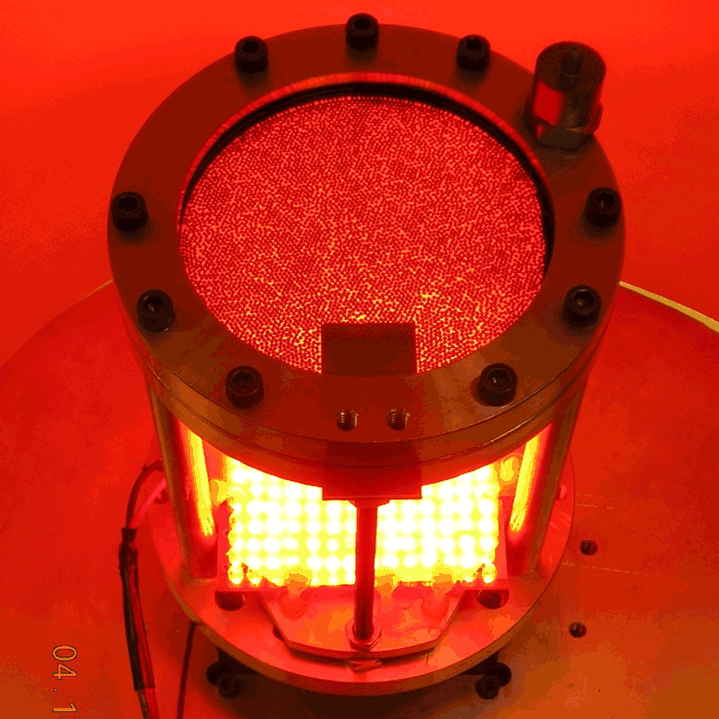In the past, we have studied the mechanics of granular materials, which are ensembles of macroscopic particles that interact through dissipative contacts (friction) and collisions. For example, in collaboration with Mark Shattuck (CCNY), we have developed an experimental system in which to study non-equilibrium steady states in a quasi-2D granular fluid with uniform energy injection. We have used this to investigate structural and dynamical properties and found a number of surprising similarities with dense molecular and colloidal liquids. As another example, in collaboration with Tom Mullin (Manchester) We have studied segregation of a binary granular mixture when the monolayer of particles is driven by an oscillatory horizontal tray. In particular, we uncovered a phase transition below which the layer remains mixed and above which segregation occurs. We have identified the driving mechanism to be the differential forcing of the two types of particles. Whereas we are currently less active in this line of work, we certainly hope to get back to it in the near future.
|
Uniformly Heated Granular Fluids: How far from equilibrium? with: Mark Shattuck and Rohit Ingale |
|
|

|
We have developed an experimental system to study Non-equilibrium steady states in a quasi-2D granular fluid in which energy is injected uniformly across the cell. Using a number of classic measures commonly used in statistical mechanics (Lindemann criterion, radial distribution function, bond-order orientation parameter, shape factor, intermediate scattering function, etc) we have shown that our system assumes equilibrium-like structural configurations. Moreover, we observe a fluid-to-crystal transition, as the filling fraction of the granular layer is increased, exactly at the point at which it occurs for equilibrium hard disks. Prior to crystallization, there is an intermediate region in which caging of particles is dominant with a relaxation timescale that follows a Vogel-Fulcher law, typical of many glassy systems. Despite this strong equilibrium-like behaviour, non-equilibrium features are observed, as expected, in the dynamics of the system as measured by deviations from Maxwellians of the probability distribution functions of velocities. Publications: Press Coverage: |
|
Segregation in granular binary mixtures with: Tom Mullin, George Ehrhardt and Andrew Stephenson |
|
|

|
An interesting and counter-intuitive issue in the collective behavior granular materials is the segregation of binary assemblies, where an initially uniform mixture of particles can spontaneously de-mix under flow. During my Ph.D. I developed an experimental physical model system in which to study segregation of binary mixtures of particles. I constructed an approximately two-dimensional precision apparatus consisting of a monolayer driven by the frictional forces with the surface of an oscillatory tray. Systematically starting from homogeneously mixed initial conditions, I uncovered the existence and self-organisation of three phases of segregation, as a function of the total filling fraction of the layer. The foremost result was the discovery a critical phenomena in granular segregation. This implies the existence of a transition point in below which the layer remains mixed and above which segregation occurs. This behaviour had characteristics of continuous phase transitions, usually observed in well understood equilibrium statistical mechanical systems. Publications: Press Coverage: |